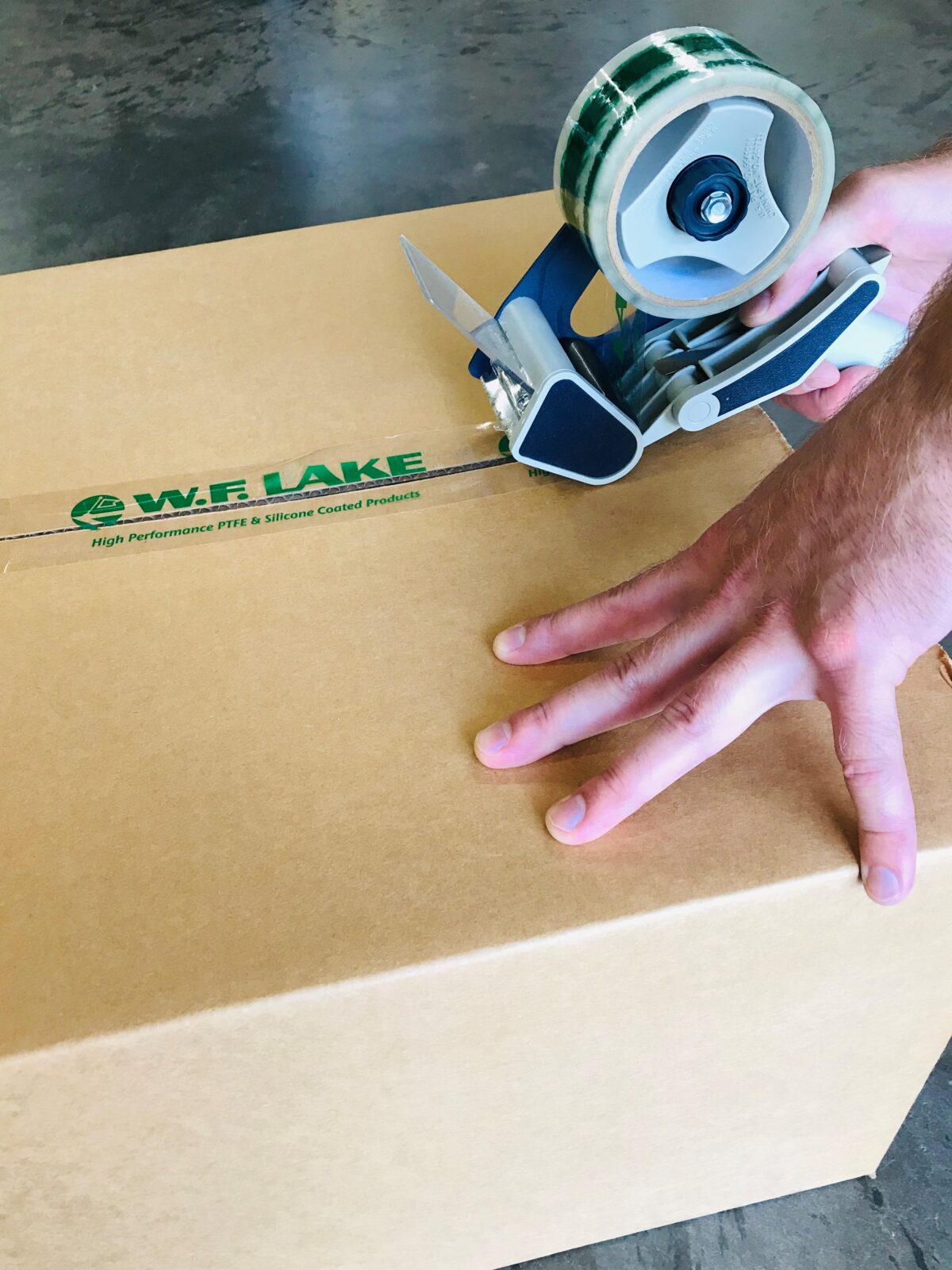It’s been a little over a year since our post on Supply Chains and an update seems timely. Tight supplies, shipping delays and steady price increases seem to be the norm. “Transitory Inflation” continues to wreak havoc on pricing and none of us are exempt from dealing with it.
From a supply chain perspective, lessons were certainly learned by all and applied by many. In our case, we were fortunate to have been designated an essential industry and equally as fortunate to have kept most production going throughout the worst of it. As such, we built up finished goods inventory that allowed us to quickly respond when business started to rebound early in the second quarter.
Additionally, our vertical integration strategy developed from day one of operations (way back in 1991!) continues to pay dividends. This makes it a little easier to hold a higher-than-normal raw material inventory because many fiberglass yarn inputs can be twisted and plied into a number of different products, effectively buffering our supply chain. For example, ECBC-150 1/0 fiberglass yarn supports more than 20 styles of finished PTFE coated fiberglass sewing thread. Some of those are industry standard ASTM D4030 sizes including R753-12, 18 and 24. Others have stainless steel wire twisted in, are available in colors, etc… As demand fluctuates between various sizes / styles of thread, we can react quickly and cost-effectively. Vertical integration to the rescue! Another example is S-2 fiberglass yarn that becomes over a dozen styles of S-2 fiberglass sewing threads with pretty impressive operating characteristics. Of course, braided PTFE coated fiberglass draw cords and PTFE coated fiberglass yarns also share inputs.
Pursuing vertical integration for all these years means that our raw material inventory has become quite versatile. When carrying extra inventory makes sense, we do it with no hesitancy. Of course, PTFE is the other “main ingredient.” Maintaining multiple sources for PTFE dispersion and carrying higher inventory levels is an obvious requirement. Maintaining this level of inventory certainly comes at a cost, but uninterrupted supply beats line shutdowns every time. Keeping our customers up and running with as little delay as possible affords them a competitive advantage. We’ve been able to stay ahead of supply issues to date, and if things don’t get any worse we should be in good shape.
Pricing, however, has become another matter entirely! This “transitory inflation” is looking a little less transitory, but we are hoping for a much smoother 2022. Current cost increases are real and have the potential to impact investment opportunities if not addressed. To date, we continue to invest in process improvements, equipment upgrades and employee growth. Things would have to get a lot worse for us to slow down on investments…continual reinvesting in our business is what got us here in the first place.
Vertical integration made sense to us years ago when we started this business (1991) and now seems more important than ever. Our capabilities are second to none and give us maximum control of quality, lead times and costs. Rest assured that when you work with W.F. Lake Corp., you are working with a company that removes as many links in the supply chain as practical (with the majority of our raw materials coming from North America).
Thank you, as always, for your continued support.
Stay safe and take care!

